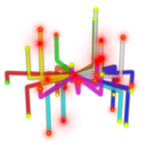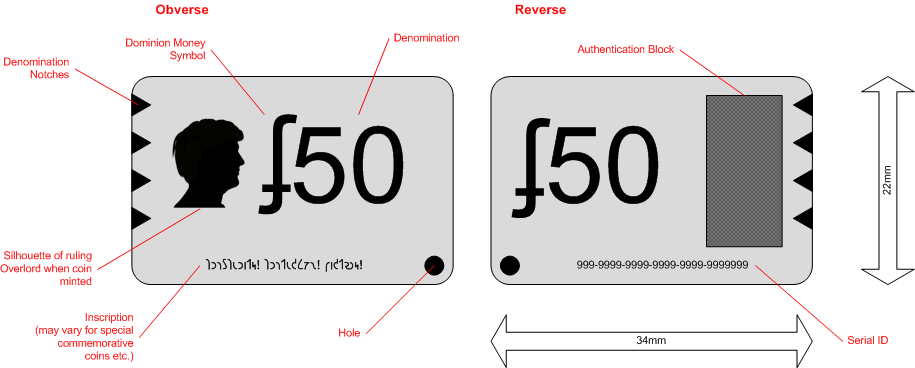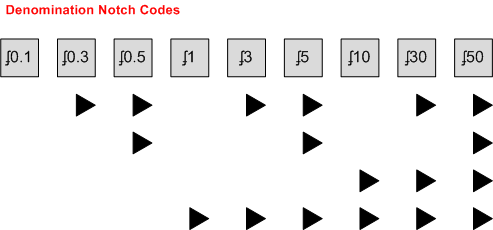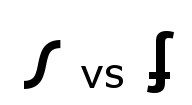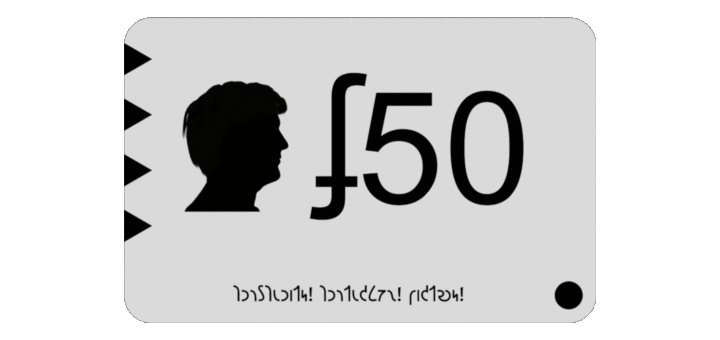
Economy
The Dominion operates primarily on a planned or Command Economy, (technically this is a mixed economy as some private enterprise is permitted in selected sectors, particularly among the retail sector outside the enclaves.)
Banking
The Dominion Bank is an arm of the Bureaucracy and is the sole provider of banking services to the Dominion.
The Dominion Bank, Usury and Venture Capital
One of the main differences between the Dominion and our contemporary world is that usury, as per the original definition, is prohibited.
That is, it is illegal to charge interest of any sort on lending money.
As the sole provider of banking services in the Dominion, the Dominion Bank operates a little differently to the way a contemporary bank does when an individual approaches it seeking finance for something they want but can’t currently afford. Essentially, the Dominion Bank doesn’t offer loans, but can be used as a source of venture capital.
A contemporary bank will (sometimes, but not always, as the recent Royal Commission showed us) make some sort of a check to see if the individual is likely to be able to make a set schedule of repayments and then hand over a bunch of money and charge interest on the unpaid amount.
In the Dominion, the individual needs to approach the Dominion Bank with a business plan and offer the bank a partnership role in the venture. Generally the individual needs to convince the bank that the venture is (a) in the interests of the Dominion’s Prosperity, Protection or Victory and (b) not likely to make a loss in a reasonable term. The Bank will sometimes support a break-even venture if it’s shown to be in the Dominion’s best interests. If it is convinced of the plan, the Bank will then front its share of the cash and usually (but not always) appoint the individual(s) in question as the ‘Active Partner’ in the agreement, leaving them to run things. Sometimes the Bank will appoint a Bureaucrat to be an Active Partner who will take a hand in running things, though this usually only happens in the case of very large or high-risk ventures. The Bank then takes a share of the profits from the venture. Conditions of agreement vary with what can happen if the venture doesn’t turn out to be profitable; the best agreements have the Bank agreeing to cover the loss, but most agreements aren’t so charitable.
One common arrangement is a Buyout Partnership. In such an arrangement, the Bank allows the Active Partner to gradually buy the Bank out of their share, and as the Bank’s share decreases it takes less and less of the profits. Details of how much or little of the share over what period of time and whether the bank can refuse vary with individual agreements.
Currency
Money Cards
For routine use, many citizens withdraw money from their accounts and load it into a Money Card (a kind of smart card). This is a form of cash that is operationally similar to a modern credit or debit card. A standard Money Card has an inbuilt fingerprint recognition system that provides a reasonable level of routine security. The user’s finger must be placed against the sensor on the card to authorise the transaction. Cards are provided and personalised by the Dominion Bank. A standard card has a limit of ʄ1,000. More rigorous security and higher limits are available subject to approval by the Bank.
Unlike a modern card, Money Cards are considered to the store the actual cash value on them rather than provide a link to an electronic account. This is because (a) as an interstellar society where communication is limited to the speed of travel such network-based transactions become problematic; and, (b) on some planets in areas outside the enclaves communications infrastructure is insufficient to support such a system. In short, do not lose your Money Card!
Money Cards are ubiquitous inside high-tech facilities and common in most areas outside them, although some merchants in some areas outside enclaves may not have Money Card facilities.
Account Cards
It is possible to obtain an account-based credit card guaranteed by the Dominion Bank. These may be restricted to a single world or guaranteed for multiple worlds. There is usually a transaction limit. These are subject to much higher levels of scrutiny and approval.
Coins
Because the varying levels of technology in the Dominion, the Dominion Bank issues legal tender in the form of coins. The use of coins inside an enclave is unusual and may be treated with suspicion.
There are nine denominations: ʄ0.1, ʄ0.3, ʄ0.5, ʄ1, ʄ3, ʄ5, ʄ10, ʄ30, ʄ50. All coins are the same rounded-rectangular size and shape, and constructed of an alloy of Nickel (12%) and Stainless Steel. Each coin masses about 10g and measures 34 x 22 x 1.5mm.
Name
The Dominion’s currency is called the Money. For example, the picture above shows a 50 Money coin.
The symbol for a Dominion Money is a letter M in the Dominion script crossed with a horizontal line (ʄ).
In common use, the currency symbol is usually written more elongated than an M in script, for example:
| GURPS Rules: ʄ1 Dominion Money = $1 GURPS dollar. |
Money Card Readers
Money card readers are provided by The Dominion Bank to merchants for the purpose of conducting transactions.
Again, as the Dominion does not have a concept of a legal entity other than a person a Money card reader is registered to a person who is responsible for its use.
To obtain a Money card reader the person seeking it must demonstrate both a need and a clean history to The Dominion Bank. This involves many, many forms to the bank and a check by the Legion.
Periodically the registration for the machine must be renewed, and at that point the transaction history for the machine will be downloaded to the Bank (and possibly others.) The Legion or the Bank can require the transaction log at any time.
The person to whom the machine is registered can authorise other users to operate it.
Money card readers have an internal Money card that is used as the equivalent as the float in a cash register, and is called the Float Card. This may be an actual removable card or be built into the machine, depending on the model.
The functions of a money card reader are:
- Transfer funds from an inserted Money card to the Float Card
- Transfer funds from the Float Card to an inserted Money card
- Display the balances of the Float Card or an inserted Money card
- Display or export to a storage widget or external device, details of one or more transactions
- Interface with another Money Card reader and transfer funds between them
Some Money card readers can also:
- Support multiple inserted Money cards and transfer Money between them without using the Float Card
- Print a hardcopy receipt of a transaction
- Import details about a transaction from an external device (allowing such things as stock control to be integrated with the monetary transaction)
All Money cards have a set of security parameters that determine under what circumstances withdrawals can be made from the card. The most common set up is to require fingerprint authorisation from the card’s authorised user before a fund withdrawal can be made. Many cards also require a fingerprint authorisation before displaying the card balance.
A typical transaction goes something like this:
- Buyer and Merchant (who has the Reader) agree to an exchange of the Merchant’s goods or services for some of the Buyer’s Money that is stored in the Buyer’s Money card
- Merchant (or an authorised user) authenticates with the Reader, usually by fingerprint, but other methods are possible
- Merchant enters the fee amount of the transaction
- Buyer inserts their Money card to the reader
- The fee amount is displayed on both the Reader and the Money card
- Buyer authorises the transaction by authenticating with the Money card (usually placing their finger on the Money card’s print sensor)
- Money is transferred from the Buyer’s card to the Reader’s Float Card
- Buyer removes their Money card, the transaction is complete
At the end of the trading day (or whenever – a busy shop might do this every Job) the Merchant will usually clear some or all of the funds from the Float Card by transferring them to another Money card that will be stored in a secure location.
Those who are streetwise may know that certain shady types (who can be difficult to locate and are not common) can bypass security on Money cards to enable transactions and on the Reader. They may be able to do other things with the Reader as well. It’s not uncommon that someone with the means or contacts to crack security might buy money cards from, say, a pickpocket, either for a set amount or a percentage of the card’s revealed value. There are often bonuses if the pickpocket can supply other means to help bypass security (maybe an item the person has touched with their prints on it) or the card owner’s identity. Cards themselves are deliberately designed to be poor at retaining finger prints or DNA.
